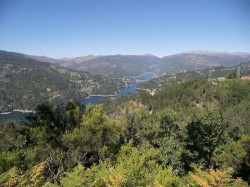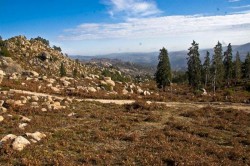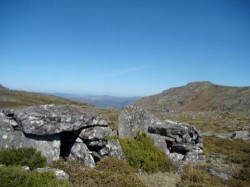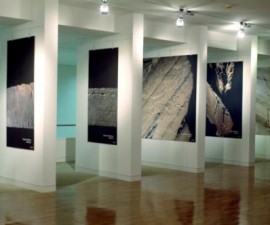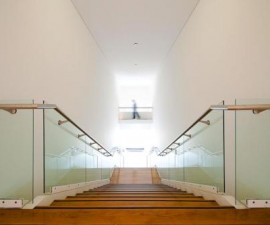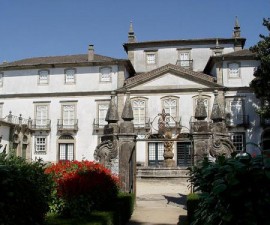Surrounding the historical city of Braga lies one of Portugal’s most important national parks, the Peneda-Geres National Park. The park covers a total area of 269 square miles (697 square kilometres) and is home to a plethora of wild animals, historical landmarks and distinctive and varied vegetation.
The Peneda-Geres National Park stretches from Portugal’s borders with Spain in the north and east, skirting round in a semi-circular shape through the districts of Viana do Castelo, Braga and Vila Real. The peaks that shape and define the park rise as high above sea level and provide an effective barrier between the ocean plains to the west and the high-ground plateaux to the east.
The highest peak is Geres, at 1,545 metres, which stands in good company with Penedes, Soajo, Amarelo and Altar dos Cabroes, standing at 1,340, 1,430, 1,350 and 1,538 metres, respectively.
The area was officially established as a National Park in 1971, however the ruins and relics that are found there date back hundreds, even thousands of years. Here, megalithic stone tombs and Celtic fortifications are sprinkled together throughout the hills and valleys, while the Roman road that crosses the length of the park dates back to the first century and remains in superbly preserved condition.
If ancient monuments are your thing, the Peneda-Geres National Park is the perfect place to find them. Head for the 10th-century Castro Laboreiro or the 12th-century Castelo de Lindoso for a heavy dose of grandeur, or visit the Santa Maria das Junias Monastery, another enduring relic from medieval times that was built back in the 9th century.
There are many ways to enjoy the park. It is a favourite amongst climbers, keen to scale the heights of the dramatic granite rock faces, as well as with walkers looking to follow the myriad shepherd trails that provide hiking adventures the length and breadth of the area. Hikes can be enjoyed for any length of time, from a simple morning or afternoon right through to multi-day adventures.
The valley of the Homem River is a particular favourite for walkers, bursting with fine examples of ancient native forest just waiting to be discovered. The best time to enjoy the park on foot is late spring, when the wetter winter weather has subsided and the blooms are bursting into life in all their glory. Those who visit in winter will not be disappointed however, as snow is common in the area and the snow-capped peaks set of the rugged natural beauty to perfection.
True to Roman traditions, the straight lines of the well-preserved ancient Roman road lend it perfectly to cycling, or for something a little different, why not explore the area in the company of a guide on the back of a domesticated Garrano pony.
Your mount’s added height makes it the perfect way to admire the diverse wildlife of Braga’s famous national park. Wild boars, otters, foxes, roe deer, badgers and eagles are just some of the delights you will find, along with the last remaining wolves in Portugal — and indeed on the whole of the European continent.
